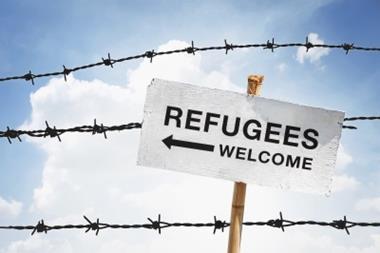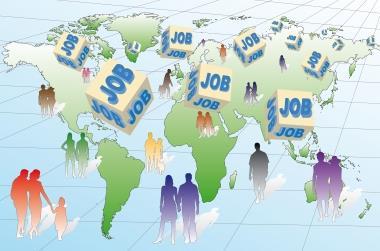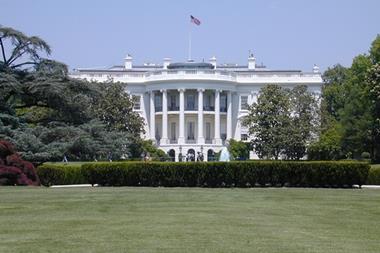Mike Jones on how different immigration policies around the world are adversely affecting key economies

A business is nothing without people. Apart from being its most important asset, they are fundamental to almost every aspect of its existence: within a company they represent its lifeblood and the future, and on the outside they constitute the market. Hence, although human capital issues can perhaps appear bland in the context of the inordinately complex risks in today’s fast-moving, technology-driven corporate landscape, they rank among its most serious.
I have spent much of this year meeting risk professionals, particularly in Europe, the Middle East and Asia. No matter the business or location, the topic of people risk is one that is almost always raised as an issue of critical importance. Of course, ‘people risk’ is a nebulous term that, taken in its broadest sense, encompasses a multitude of threats and indeed opportunities. These manifest themselves in different ways and are typically influenced by economic developments and socio-demographic changes.
Some are less obvious than others. In China, from an outside perspective it might seem surprising that labour shortages are a concern. This is, after all, the most world’s populous country by some margin. However, China has become a victim of its economic success – and the government’s one-child policy. The country’s growth, particularly in the past 20 years, has lifted hundreds of millions into what is perhaps most succinctly described as a relatively comfortable middle-class existence and the aspirational lifestyle that comes with it. Where once their offspring might have left school with basic qualifications and sought work locally, now young Chinese people want employment that befits their university education and graduate status. Finding people to work in manual labour or service roles is becoming problematic, particularly outside major cities – yet this is vital to sustain growth.
Access to suitable labour is, of course, a risk familiar to businesses operating in more established Western economies, particularly in Europe and the US. Historically, they have resolved this by importing migrant workers to fill roles shunned by indigenous populations. Although migrant worker numbers in China are rising, they are significantly below the level required to be effective and this is because of the reluctance of the country’s leadership to open borders any more than necessary. In the West, the importation of migrant labour might be more commonplace, but it is nonetheless controversial. In general, such arrangements benefit all parties while these countries grow, but they become fraught with trouble that extends beyond the corporate risk horizon when economies contract.
Perception is important. Some of the problems surrounding migration are spun, if not engineered, by political parties from across the spectrum to benefit their own ends. As a consequence, government responses are often contradictory and damaging, particularly to business. EU member states enjoy freedom of movement between them. This allows people from one nation to work wherever they choose within the EU and, in theory, helps promote the type of flexible, multi-talented workforce essential to corporate and national growth and the development of Europe as a whole. The inclusion of former so-called Eastern Bloc countries within the EU has further helped more developed nations elsewhere on the continent by providing even cheaper skilled labour, often for less attractive jobs.
From 2008 onwards, when the EU was hit by recession, the movement of people continued and grew even though employment opportunities were diminished or non-existent. In certain countries, migrants were accused of pursuing not work but welfare and their presence resented. The UK benefits system is considered particularly attractive and the debate about what to do next has left the country heading for a likely referendum on EU membership. It is not alone in having concerns: Germany last month sought to limit migrants’ access to welfare. However, the debate around this looks only at migration from within the EU. The problem becomes more complicated and profound when widened further.
In October, Italy formally ended its sea and rescue operation Mare Nostrum, which is credited with saving the lives of thousands of people making the perilous Mediterranean crossing from Africa to Europe. Its replacement is a multinational initiative, but smaller in scale. However, a reduced emergency response will not deter those fleeing for a perceived better life, irrespective of the risks they are taking. The growth of Islamic State and continuing conflict in the Middle East are two drivers that will continue to encourage mass migration through 2015 and beyond. The long-term outlook is even more vexing. If global warming predictions become reality, large parts of Africa and the Middle East could become uninhabitable and drive perhaps tens of millions into Europe. What happens then will challenge even the greatest minds.




















No comments yet